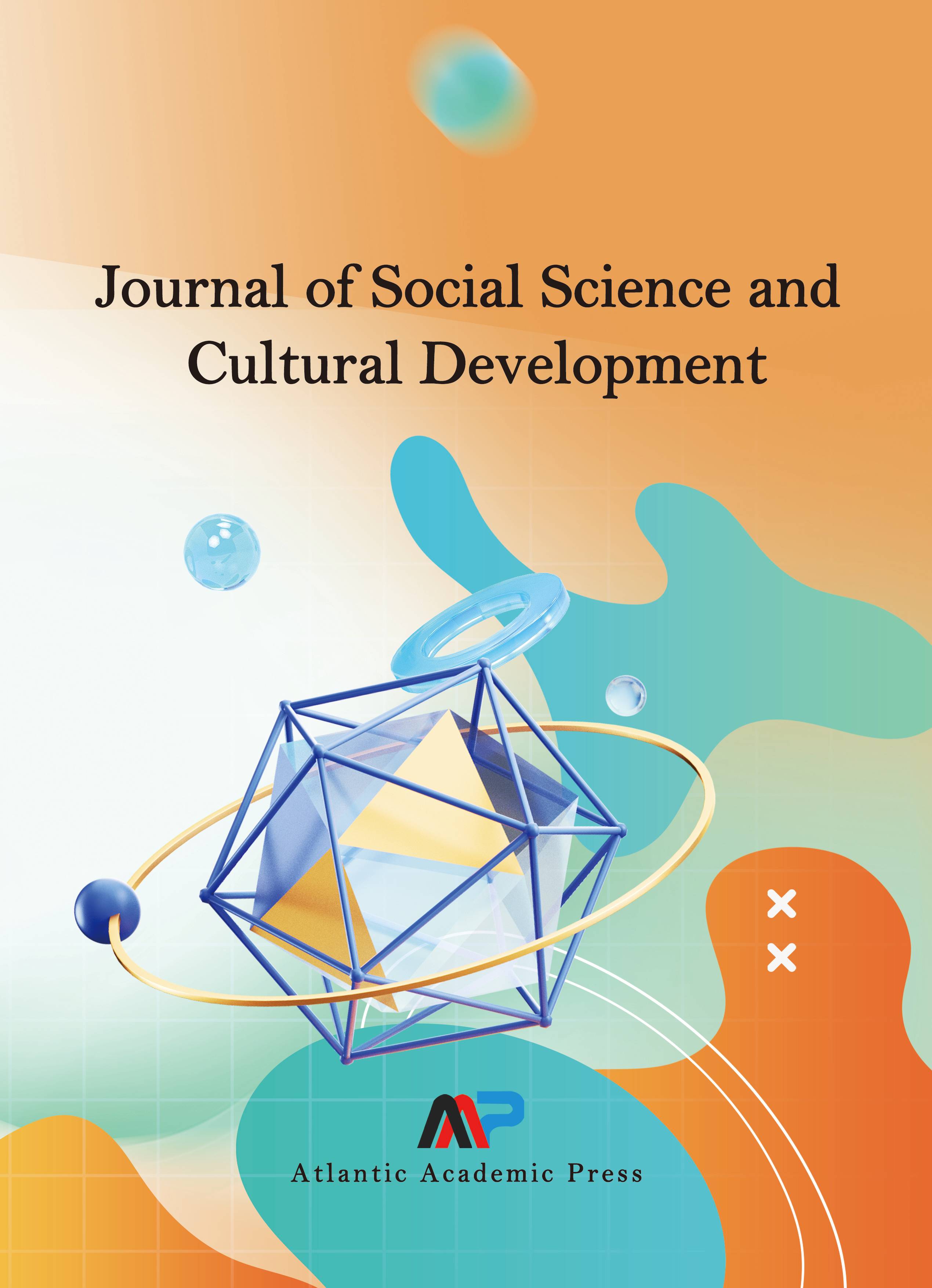To what extent is the study of Greek art history suited to focusing on individual artists?
DOI:
https://doi.org/10.70767/jsscd.v1i4.531Abstract
This paper explores the dialectical relationship between the "individual perspective" and the "collective perspective" in the study of Greek art history, aiming to address the central question of "the reasonable boundaries of focusing on individual artists." By analyzing the controversies surrounding the Kopienkritik method (such as the value and limitations of Roman copies) and the individual contributions of artists such as Polykleitos and Lysippos (including theoretical innovations and technical breakthroughs), this paper argues that, although individual creativity drives stylistic evolution, the essence of Greek sculpture remains rooted in collective values and cultural contexts (such as religion, philosophy, and technological traditions). The study further reveals that the evolution of sculptural styles results from the dynamic interaction between individual talent and collective context; excessive emphasis on either perspective undermines the integrity of historical interpretation. Ultimately, this paper advocates for a dual-perspective approach that integrates case studies with a broader collective framework to achieve a more comprehensive understanding of the complexity of Greek art history.
Downloads
Published
Issue
Section
License
Copyright (c) 2025 Journal of Social Science and Cultural Development

This work is licensed under a Creative Commons Attribution-NonCommercial 4.0 International License.




